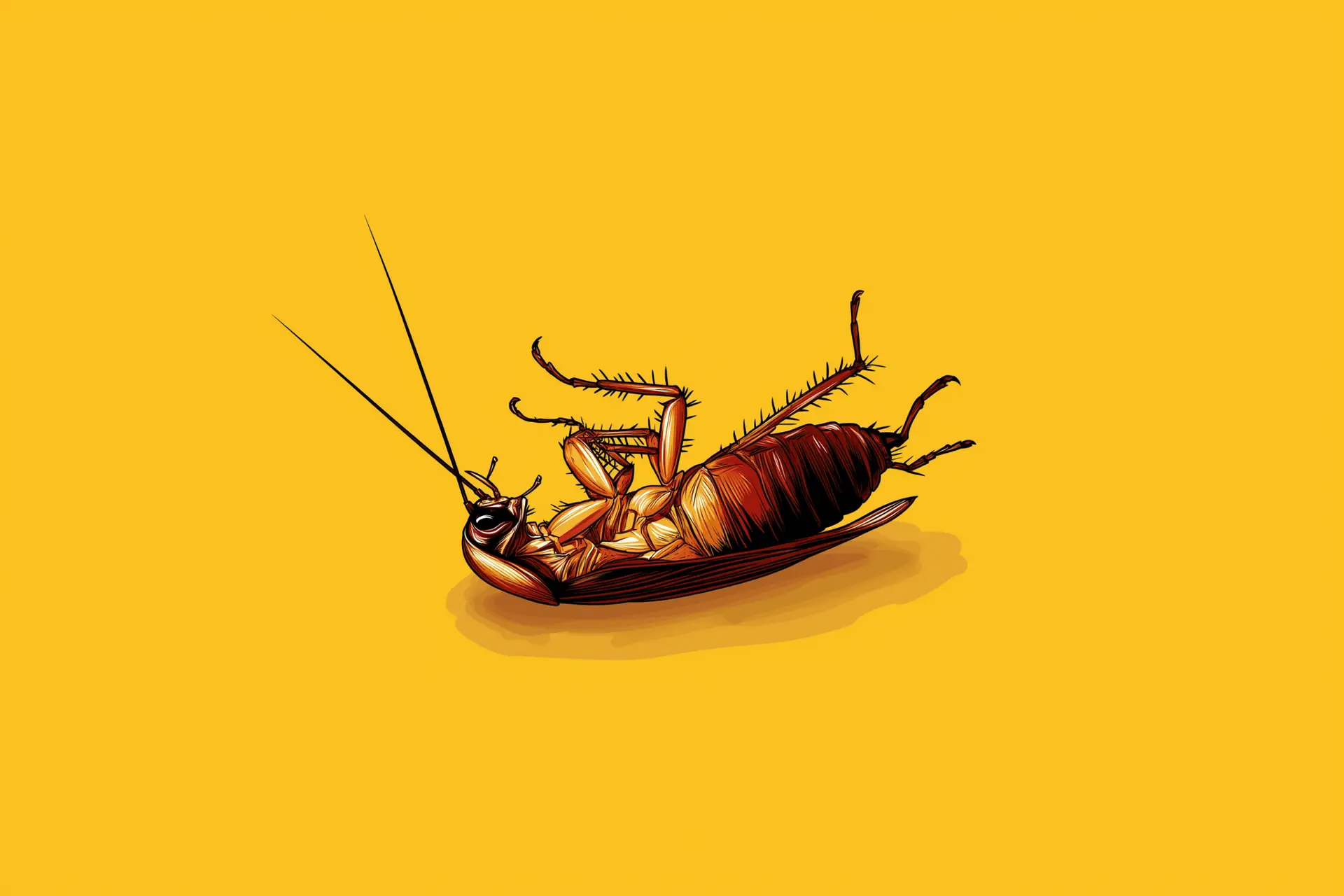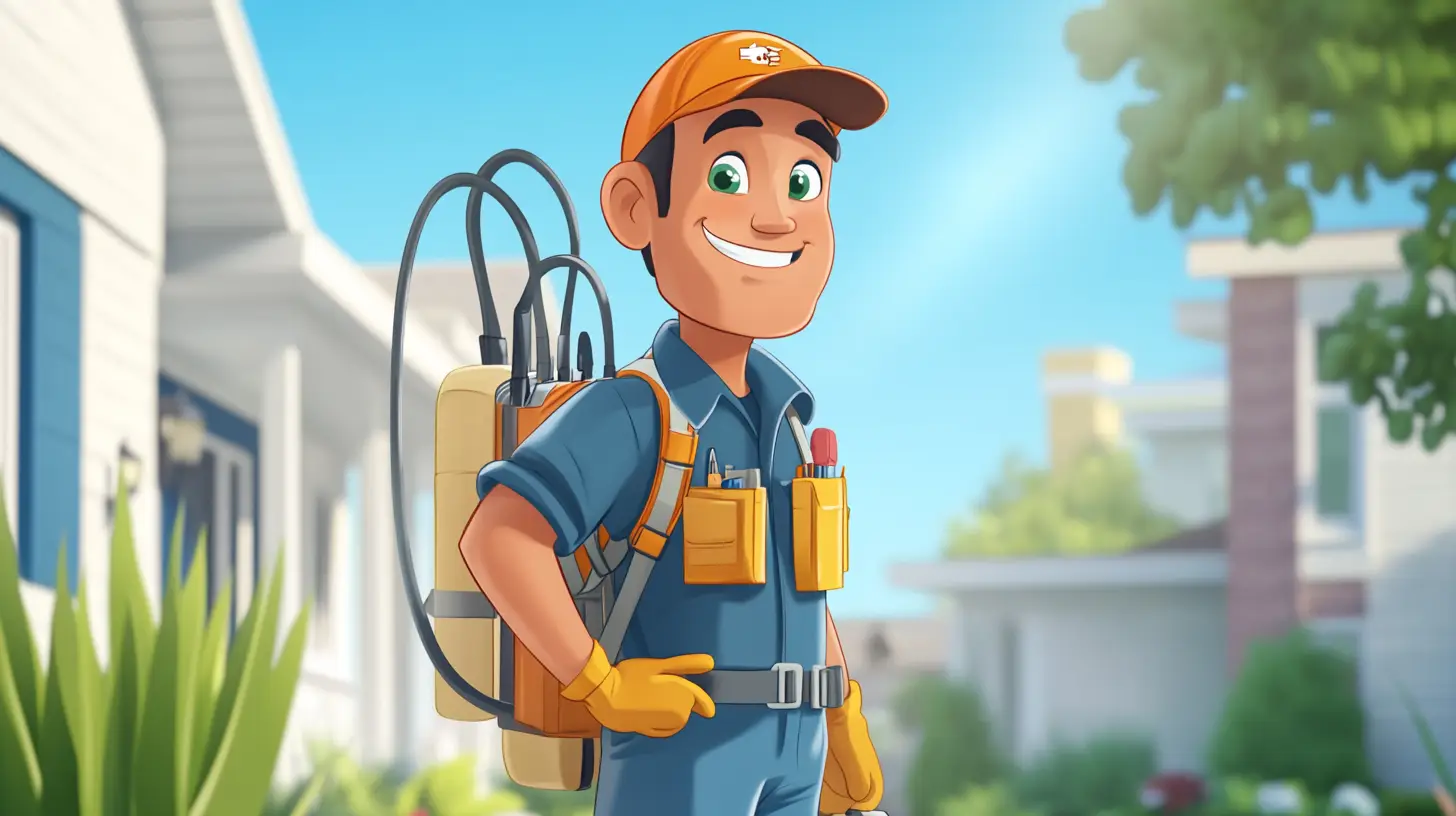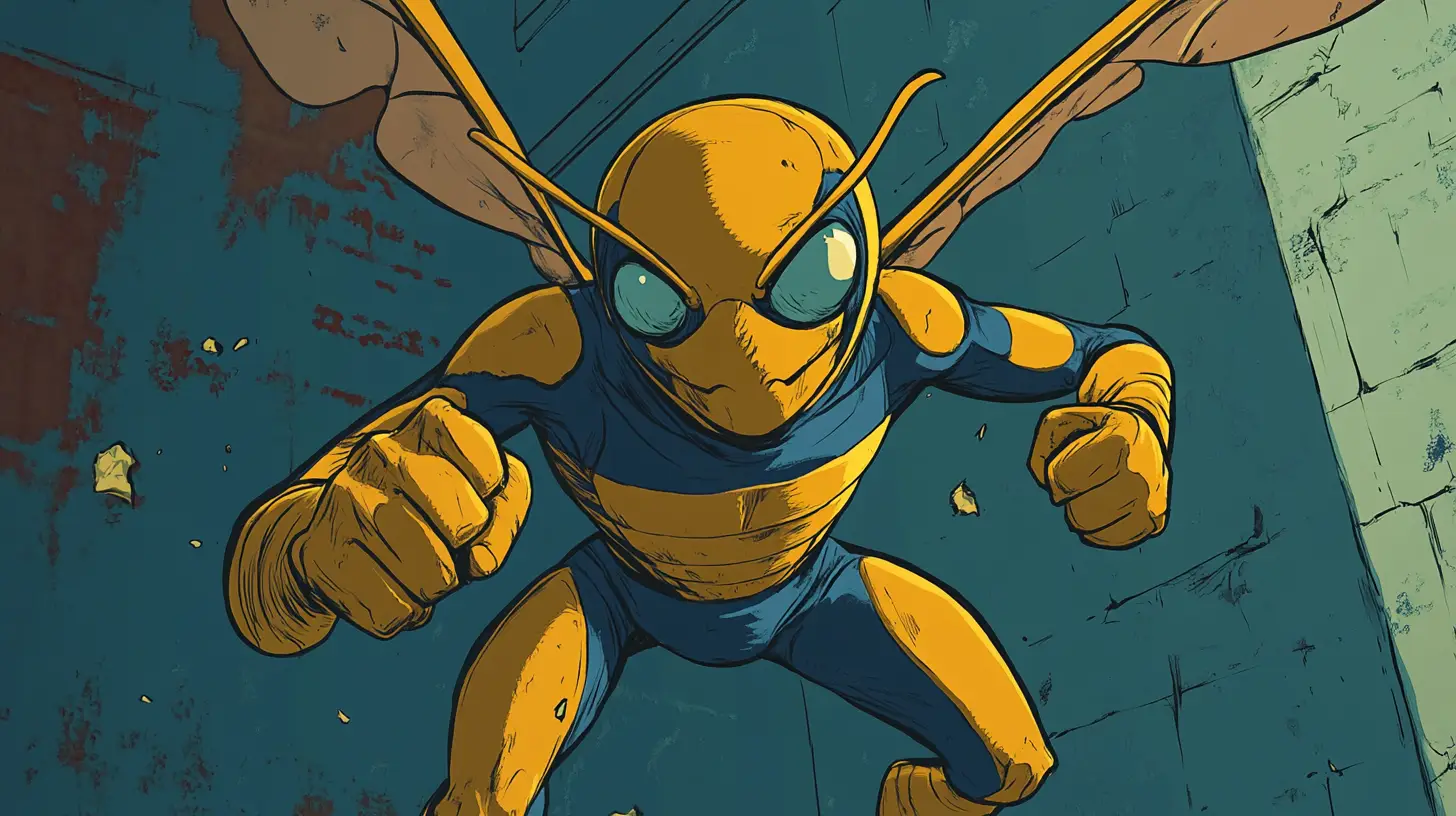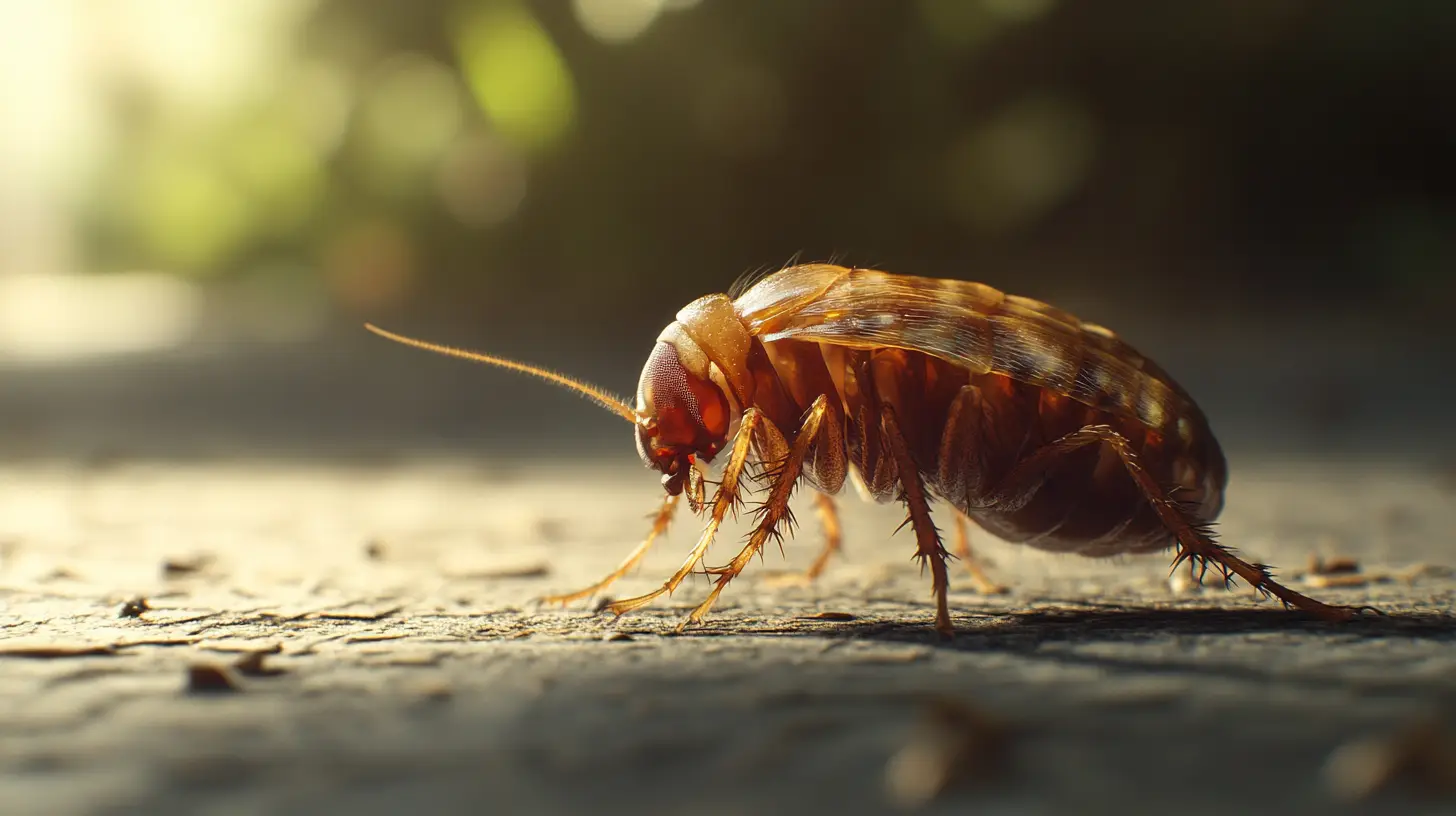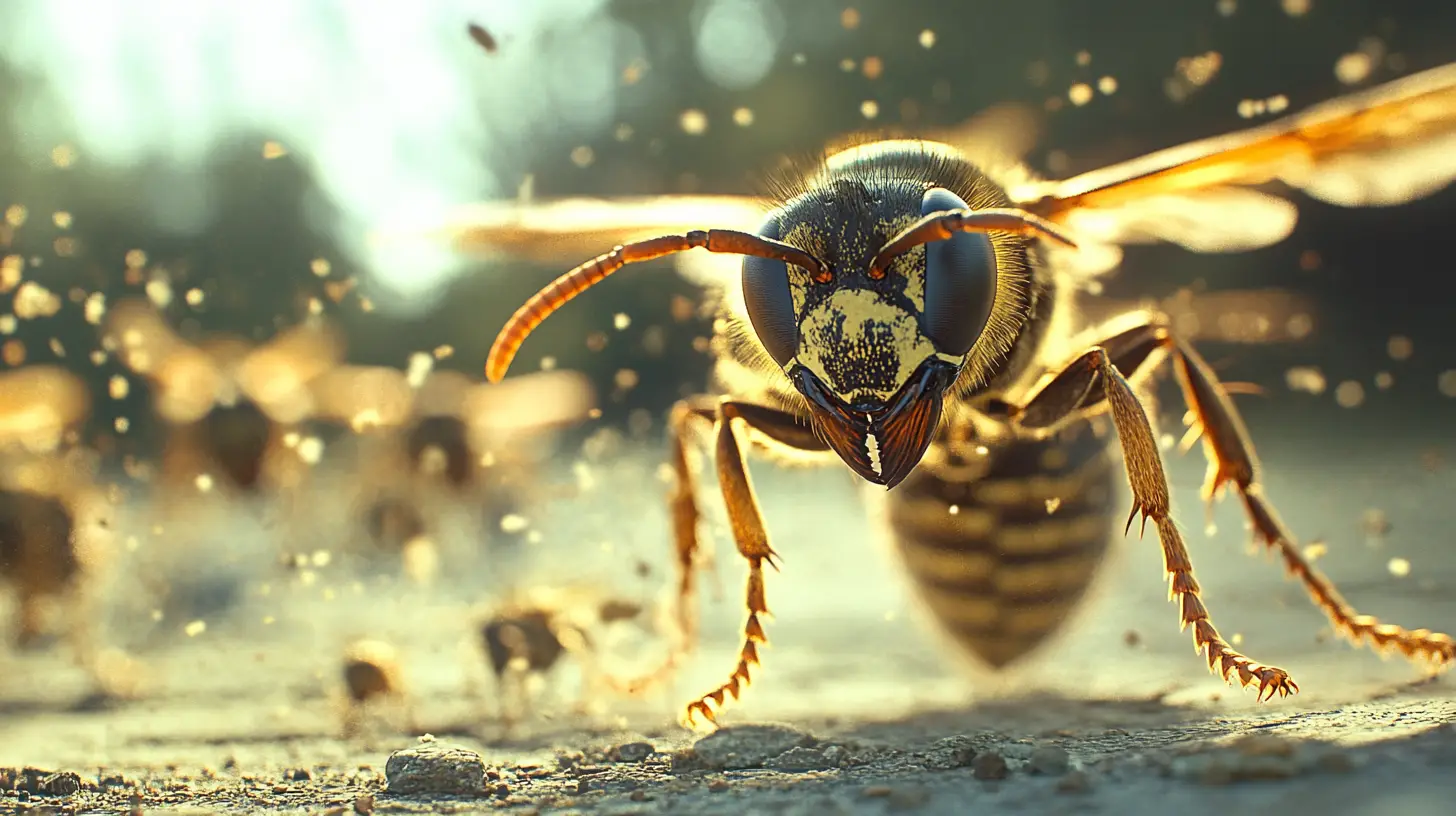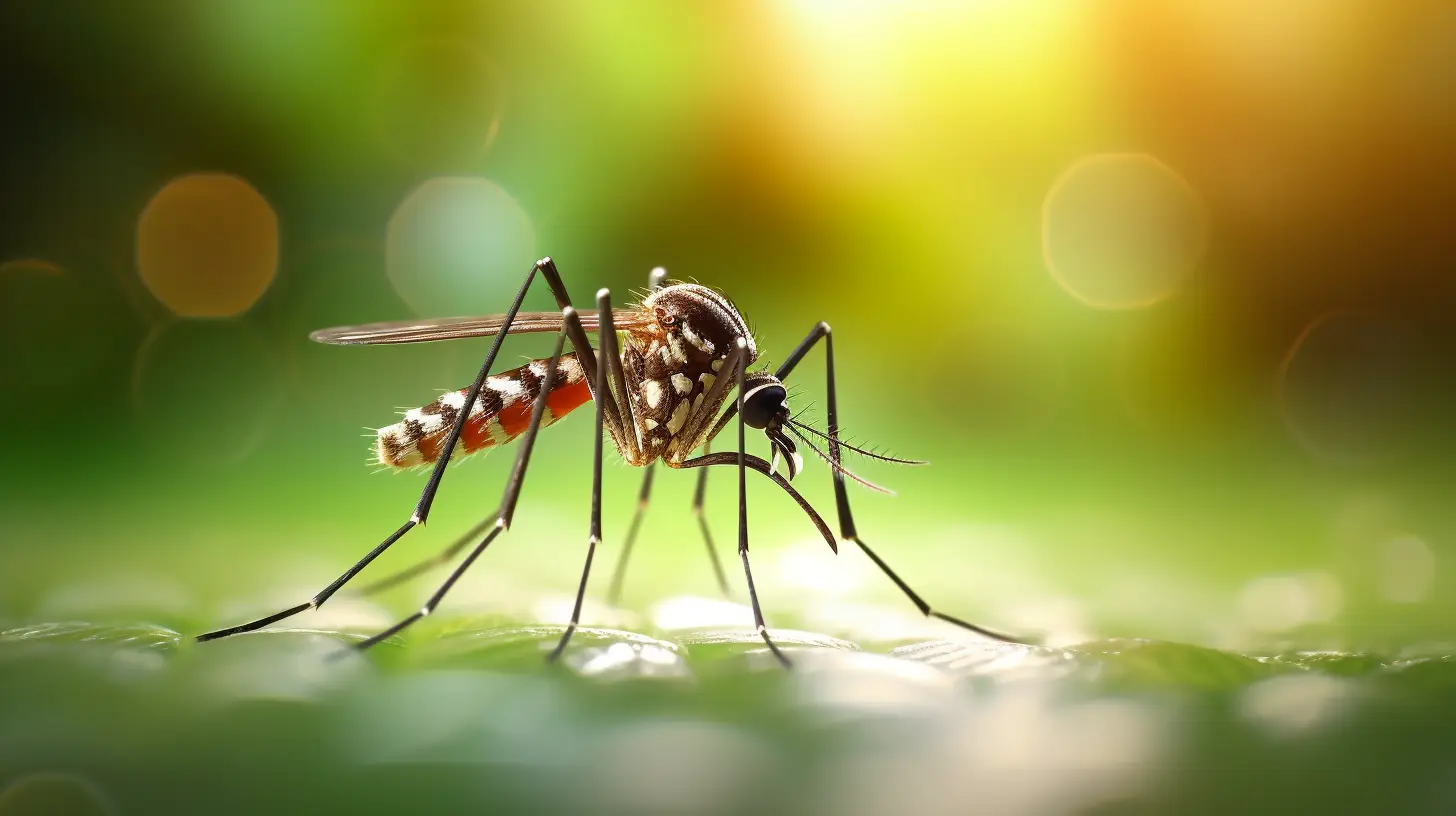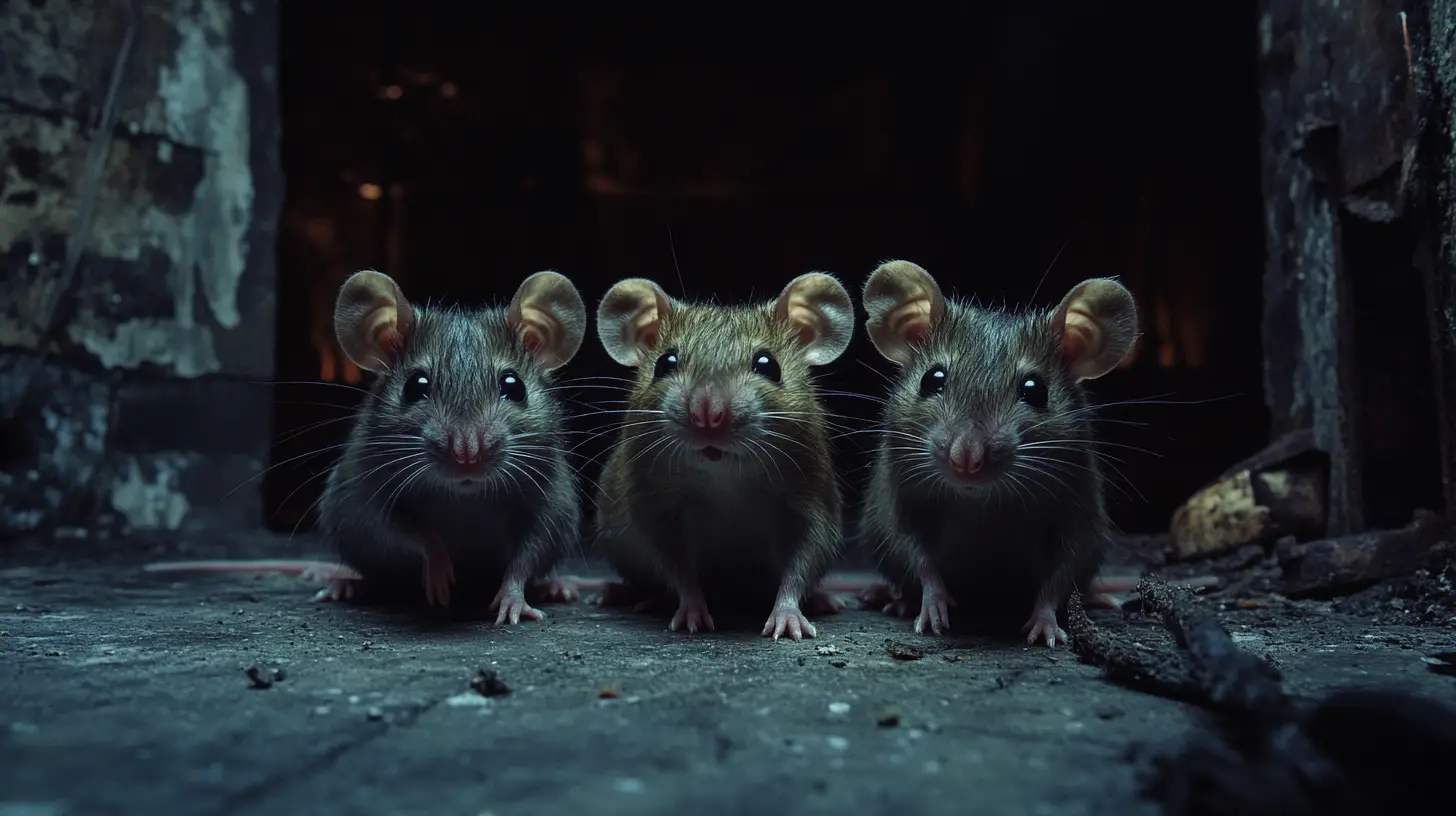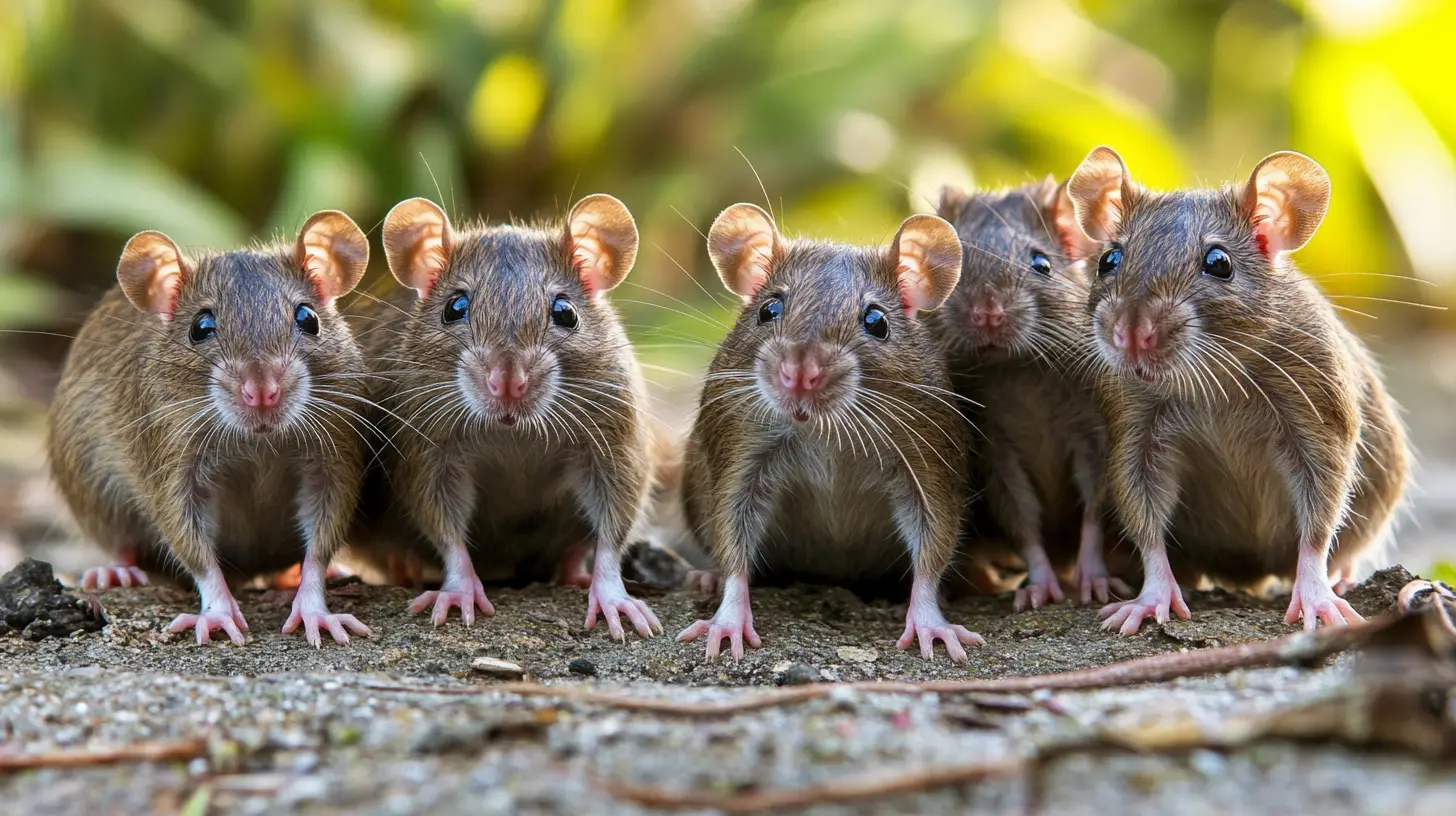
Table of Contents
Florida’s beetle population is diverse, a testament to the state’s rich ecological world. For over 30 years, the Arthropods of Florida series has been tracking this fascinating insect world, starting with the inaugural publication in 1965.
The beetle fauna in Florida is notably varied, with an impressive count of 4646 species. This figure is a significant leap from the 1487 species listed in the state’s first checklist in 1878. Among these, 560 species are endemic to Florida, a testament to the state’s unique environment.
Key Takeaways
- Florida is home to an impressive diversity of beetles with 4646 species, reflecting the rich ecology of the state.
- Beetles in Florida contribute to a vibrant part of North America’s insect diversity, with unique species such as the Deepdigger Scarab and the Lined June Beetle.
- Florida offers diverse natural habitats for beetle species, ranging from forests and fields to wetlands.
- Invasive beetle species in Florida, such as the Asian Longhorned Beetle, Citrus Longhorn Beetle, and Emerald Ash Borer, pose significant threats to the state’s ecosystem.
- Regular inspection, proper planting techniques, and biological control methods can effectively prevent beetle infestations and protect Florida’s diverse ecosystem.
Types of Florida Beetles
Florida’s diverse ecosystem is home to beetle species ranging from the peculiar to the fascinating. Each has its own unique characteristics, contributing to the rich world of the state’s vibrant ecology. Here, we’ll look at some of these fantastic creatures, compelling enough to give one a renewed appreciation for Florida’s astonishing world of beetles.
Ground Beetles
Florida’s grounds are bustling with activity, too, thanks to ground beetles. One standout is the Colorful Foliage Ground Beetle (Lebia viridis). Fun fact: It’s not just its vibrant hue that’s impressive. This beetle is a true ecological hero, with a diet feeding on pests like the Apple Flea Beetle and corn earworm. Could these beetles be the pest control you’ve been ignoring?
Longhorned Beetles
The southeast US, including Florida, is graced by the decorative flights of the longhorned beetles. They get their name due to their unusually long antennae, often exceeding their body length. Species like the Six-spotted Flower Longhorn Beetle and Cerambycid Beetle are just some species seen around. These species feed on flower pollen and nectar; their larvae are notorious wood borers.
Click Beetles
Vibrancy in Florida’s beetles isn’t just confined to appearance; in the case of click beetles, their vivacity also extends to their behavior. Agile and unpredictable, they possess a fascinating ability. When they find themselves on their backs, they’ll simply arch and snap their body segments to catapult themselves in the air with a sharp click sound, hence the name!
As you investigate more profoundly into the world of beetles, what other species might you discover beneath the facade of everyday Flveniceflorida life? Could it be the Rainbow Scarab, a striking dung beetle with a spectrum of colors on its body? Or will it be the Southern Pine Beetle, a notorious pine destroyer? The possibilities, like the beetles of Florida, are endless.
Common Habitat of Beetles in Florida
With its diverse ecosystems, Florida offers different habitats for the beetle population. You’ll find them across Forests, Fields, and Wetlands, with each environment cultivating a unique subset of beetle species. Ready for a closer look?
Forests
As you wander under the Florida tree canopies, you might be surprised to discover the remarkable world of bark and ambrosia beetles. These creatures bore into trees, calling the bark and wood their home. With large round heads partially hidden in the pronotum and a cylindrical body, they have some characteristic features that help them blend into their woody surroundings.
In the game of survival, these beetles won’t miss a score. A particular standout is the ambrosia beetles, with an ingenious farming system of carrying fungal spores in a specialized organ, called a mycangium. This allows the fungus to grow once they burrow into trees, providing a sustainable food source for themselves and their offspring.
But while this may sound harmless enough, the ominous side emerges when these fungi turn invasive and kill the tree. Who knew survival could turn lethal?
Fields
Next stop, the open fields. Here, the Florida Deep Digger Scarab Beetles rule the terrain. You’ll spot their presence by noting unique little mounds of sand, and they’re their beacon of existence. These beetles have made a mark because these guys are benign in contrast to the feared white grubs (that turn into May-June Beetles or Green June Beetles) who feed on grass roots. Their claim to fame is their winter breeding cycle, from November through March, where you can spot their signature mounds across sparse, sandy lawns—mainly in sandhill-type habitats. An interesting tidbit? They won’t bother you in the Panhandle!
Wetlands
The wetlands constitute another common habitat for many beetles in Florida. These environments provide an ideal breeding ground for beetles that thrive in moist and humid conditions. As such, these wetlands are crucial in preserving aquatic beetles and similar species. Even though the often harsh conditions, these remarkable creatures have adapted perfectly, demonstrating Florida’s beetle population’s fascinating diversity and resilience.
Invasive Beetle Species in Florida
Florida is a hotbed for biodiversity, but along with its native creatures, it’s also home to some invasive beetle species that pose a threat to Florida’s ecosystem. Beetle invasions can cause significant damage to your outdoor aesthetics and even threaten the state’s vital agricultural sector. Let’s focus on three prominent imported risks: Asian Longhorned Beetle, Citrus Longhorn Beetle, and Emerald Ash Borer.
Asian Longhorned Beetle
First on the list is the Asian Longhorned Beetle, an invasive insect known for its striking black and white-banded antennae. Originally from China and the Korean Peninsula, these beetles made their way to Florida, most likely through wood packing material. You might marvel at their glossy black bodies with white speckles but don’t be deceived. These uninvited guests pose a severe threat to our hardwood trees.
They prefer maple species but won’t say no to an elm, willow, or birch, boring into them and disrupting their vascular systems. This eventually leads to the tree’s premature death. If you notice any exit holes in your tree, it could well mean a visit from these invasive pests.
Citrus Longhorn Beetle
Next up is the citrus longhorned beetle. Just as the name suggests, this beetle is a significant threat to the citrus industry in Florida, one of the biggest in the U.S. Imported in plant shipments from Asia, the beetle lays its eggs in tree trunks and again, its larvae drill into the unlucky host, causing irreparable damage and often tree death.
They aren’t picky either. Apart from citrus trees, apple trees, oaks, and even small fruits and ornamentals are at risk. If you’re growing your own mini Florida Eden, keeping an eye on these pests is wise.
Emerald Ash Borer
Finally, we have the Emerald Ash Borer, the green jewel among beetles, but a jewel that only brings destruction. Native to Asia, these beetles were first detected in Florida in 2017. They target all 22 species of ash trees in the state.
The larva of this beetle starves the tree by disrupting nutrient and water flow, leading to the tree’s slow death. Early detection can save your trees, so keep looking for thinning tree canopies and sprouts growing from roots and trunk.
The story of Florida’s beetle diversity is mixed with wonder and concern. As responsible Floridians, staying informed and vigilant is crucial in protecting our cherished natural landscapes from these unwelcome invaders. Take note that the above-mentioned beetles are just a drop in the vast sea of nearly 200 different beetle species in Florida. So, watch for any unusual beetle activity in your area, and act fast, lest they turn your outdoor dream into a nightmare.
How to Prevent Beetle Infestations in Florida
You might wonder, how can I prevent beetles from taking over my property in Florida? Well, with the right steps, it’s feasible. Here’s a simple guide that’ll help you combat Florida’s beetle menace effectively.
Inspection and Monitoring
First off, it’s crucial to regularly inspect your property. Keep an eye on the trees, plants, and lawns; most beetles use these spots as hideouts. Remember, Florida has nearly 200 different beetle species, and these hard-to-spot critters can cause significant damage before you even know they’re there. Regular monitoring will help you identify potential infestations early, at a stage when they are easier to manage.
Proper Planting Techniques
On top of keen observation, following proper planting techniques is also beneficial. Ensure ample space between your plants; overcrowded plantations are a perfect breeding ground for beetles. Landscaping with local, native plants rather than non-native species can mitigate the chance of attracting non-native beetles to your property. Native plants have developed natural defenses against native beetles in Florida, making them less damage-resistant.
Biological Control Methods
Finally, you might want to consider biological control methods. This might sound complicated, but it’s as simple as introducing natural enemies of beetles into your garden. If done correctly, these insects can help regulate the beetle population and even eliminate it over time. But it’s important to remember each beetle species has specific predators, so you’ll need to identify the beetles invading your property first.
Frequently Asked Questions (FAQs)
What proactive measures can I take to prevent beetle infestations?
Regularly inspecting and monitoring your trees and plants can help detect an infestation early. Utilizing proper planting techniques, such as adequately spacing plants and using native species, can also deter beetles. Additionally, consider employing biological control methods by introducing natural beetle predators.
How can I monitor my trees and plants effectively for beetles?
Regularly inspect your trees and plants for any signs of beetle presence or damage. Look for signs such as discolored leaves, dying branches, or beetle bodies. Earlier detection increases the chances of effectively controlling the infestation.
Why should I use native plants in my Florida garden?
Native plant species have evolved over time with the local beetles, creating a balanced ecosystem. By planting native species, you are less likely to attract invasive beetle species that could cause significant damage.
What biological control methods can I employ to manage beetle populations?
Introducing natural predators of beetles, such as certain birds, mammals, and other insects, can help control beetle populations. These predators can be a more sustainable and environmentally friendly solution to managing beetle infestations.


